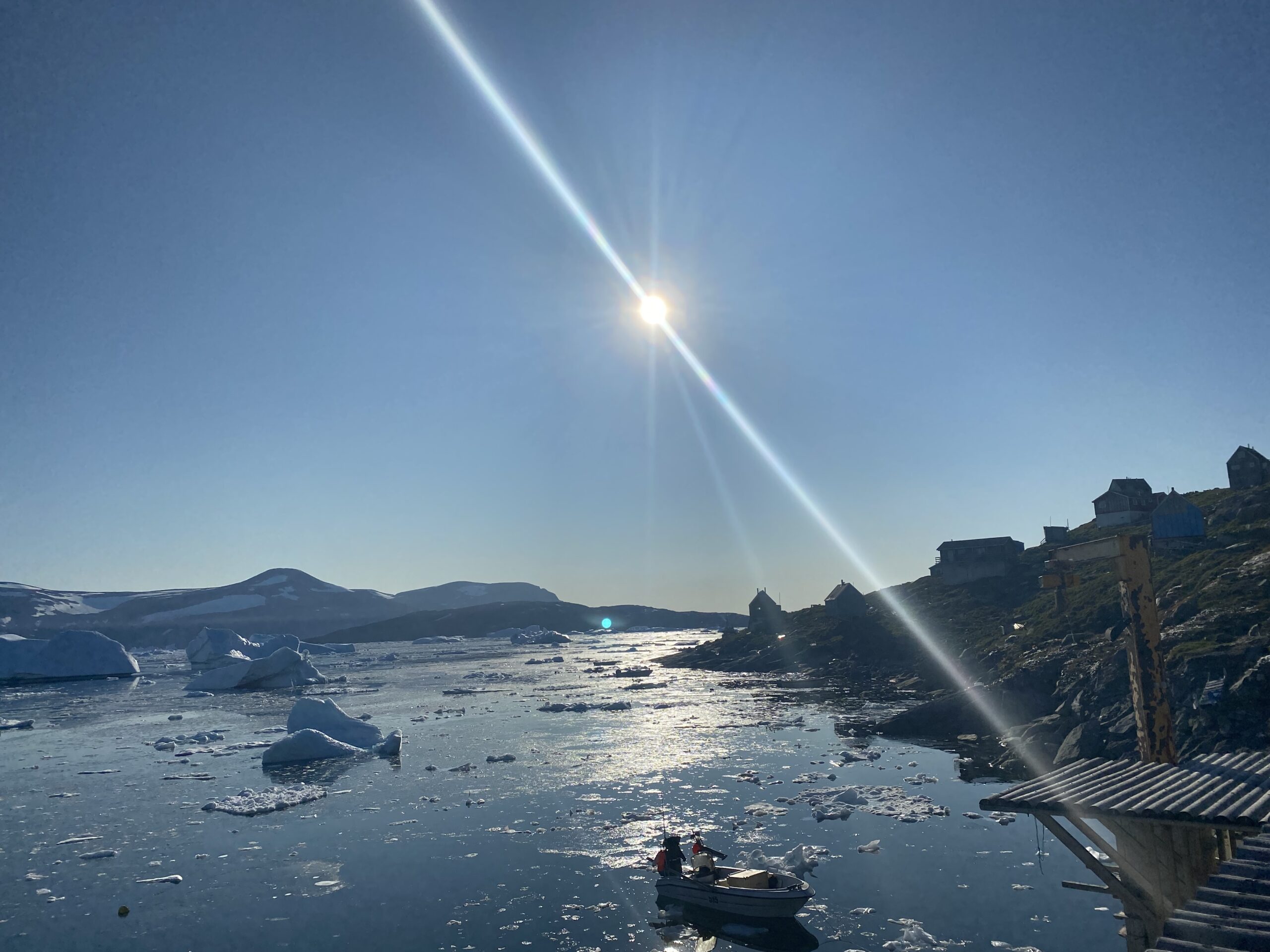
Over the course of 16 days, the communications employees at NAPA travelled to North Greenland, a journey that took them from Nuuk to Kullorsuaq, and gave way for them to visit no less than 13 inhabited places (and one abandoned city).
A journey that long, came with many wonderful and incredible experiences.
It was the third day of the journey, when we were woken to a unique sight. The ship ‘TULU’ was moving calmly through the icy sea, when the glacier appeared.
The fog lay low, and hid it, the glacier could be seen just above the fog, but there was no question – the glacier Eqi, towered up over our heads. And as we slowly came nearer, the fog started to lift in turn. The nuances of the glacier became clearer, as cracks and the leaks became visible. And the crown, the chipped, wild top of the glacier, showcased an ice mass in perpertual motion.
Then came the sounds.
Loud bangs, like the sound of a riffle that gets fired at herds of deer, echo through the lands that frames the attraction. Following the bangs was an abundance of ice that had lost their grip, and fell to the sea, creating stirs in the ocean. Flocks of birds stood and gave proof of the glaciers actual size.
Truly a sight like no other.
***
Our journey continued an hour later, and it brought us through Vaigat, that was now completely covered in fallen snow. According to the original plan we were supposed to have arrived to Qullissat today, but the plans were changed the day before, and what luck. We wouldn’t have been able to enter today if we had followed the plan.
The large, thick masses of ice that had settled themselves comfortably in the strait, made the sailing slow, but none the less worthwhile. The sound of the ship, breaking the ice underneath it, the seagulls flying and screaming, the sun high in the sky.
Lunch came before long.
The bird mountain between Ikerasak og Saattut
After Vaigat, came the journey to Uummannaq and its settlements, and it was on the trip from Ikerasak to Saattut that we made a short stop by the bird mountain.
The bird mountain can also be described as a bird cliff. The two tall mountain sides, where the birds nest are located, are raised high towards the sky. So high, that the clouds, that have surrounded the mountain, covered the top, so that you’re only able to get a glimpse of the nests through the cloudlayers.
The meat can’t be used
In Sornoro, we were met with a strange sight. On the beach by the pier, lay the carcass of a partially cut humpback whale. When we reached the shore, the first thing everyone had to do, was go and take a picture of the animal. We were told, that the humpback whale had been injured from an attack by orcas, and had swum (or drifted) into Sornoros bay.
The local fishers’ had killed, and pulled the whale to shore, but had ascertained, that the meat no longer held any value, as it had already gone bad.
So they took what they could use as dog food, and the rest was allowed to lay.
Our visit in Sornoro lasted for about two hours, and when it was time to leave, we got to experience, how the carcass was disposed of. A rope was put around the tail, and then pulled out to sea by tying the rope to a smaller ship. As we stood and watched, the ship moved and pulled the carcass out to sea, where it then sunk to the bottom, so that it could nourish the rich and large life, that existed under the surface of the ocean.
A soaring machine
The “ship’s doctor” Michael Krogsgaard, who wasn’t actually the ships doctor, but a fellow passenger, had taken a drone with him on the trip, as “it could be fun to try and take some pictures with something like that”. The drone was new, and was unpacked on the ship. He had not, however, brought a smartphone with him, which was detrimental for the use of the drone.
So Michael made a deal with Maasi (our intern), that they would use Maasi’s phone, and in turn he would also fly the drone.
They were able to make the odd piece of metal fly in the air three times, in Sornoro, Kangersuatsiaq, and Qullissat.
The resulting pictures from the flying were exceptional. To be able to take such clear, and sharp pictures from directions and angles, that one wouldn’t be able to take on hand, was truly an eye-opener for the possible uses of a drone, which in turn awoke a spark of interest in Maasi to get one for himself, as he, according to himself, never really had such an interest for electronics and technical stuff.
Like a steel-container on the open seas of Greenland
The journey didn’t always pave way for calm seas. At the beginning of the trip, north of Nuuk towards Ilulissat, we had to fight against high waves towards the port of the ship, and during the end of the journey south of Maniitsoq towards Nuuk, the seas were rougher.
The waves hit the sides, and this time partially on the starboard side, the waves were so high, that the horizon would disappear. At first, we only saw the clouded sky, but then the drop came, and the horizon passed before our eyes, just to be replaced by a wall of sea. Then the horizon would pass by, just to once more disappear beneath us, and this then continued for about 20 hours.
The rest of the days were like an adventure, that you never wanted to end. The sun raised high, and without any ripples in the ocean. We sat on the deck and enjoyed the weather, took in the sights with the many, large icebergs (one of them even had a big, orange bed as a passage), and the whales that swam around the greenlandic oceans.
Other news
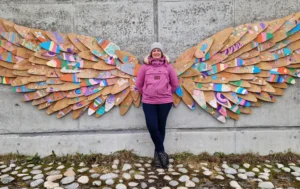
Susanne Andreasen becomes new director of Nordic Institute in Greenland
Susanne Andreasen becomes the new director of the Nordic Institute in Greenland, NAPA. Andreasen has extensive experience in the culture sector and theatre scene in Greenland. Among her other roles, Andreasen was the theatre director at the National Theatre of Greenland (Nunatta Isiginnaartitsisarfia) from 2016
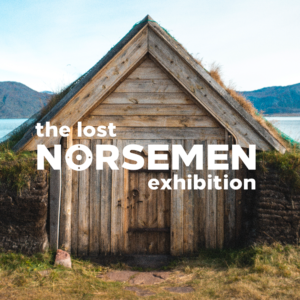
The Lost Norsemen
The Lost Norsemen: Meet the northerners – the Greenlandic Vikings Explore the footsteps of the Vikings in Greenland’s fantastic landscape and the ruins after them, and experience where and how they lived when Norse Theme Parks in collaboration with Trida Media takes you on the
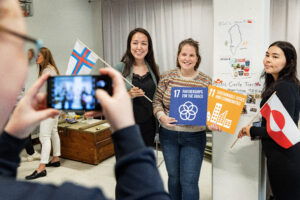
2 young Greenlanders at Nordic Youth Meeting
The picture shows Karen Olsen-Lyberth (left), the Faroese Sanna Nolsøe-Djurhuus (middle) and Nina Titussen (right) from Sukorseq. Photo: Morten Rude 2 young Greenlanders from Sorlak and Sukorseq have been to Youth Training together with a lot of other young people from all over the Nordics
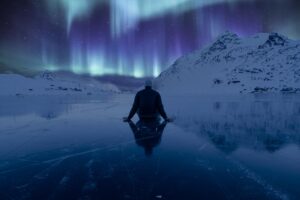
Storytelling project anchors UN’s Sustainable Development Goals in the Nordic region – and you can participate
Nordic Nature Narratives focuses on people’s stories and examines views of nature across generations and cultures in the Nordic region. The project takes place in Greenland, northern Norway and Denmark in the period 2021-2022. By learning about the impact of nature on our lives and



